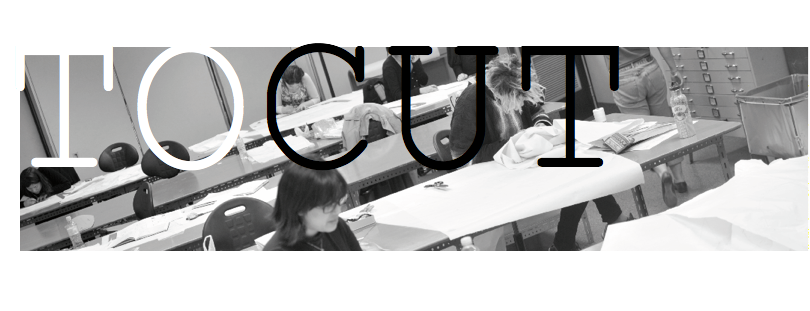Who- Sarah
What – Vintage Simona cropped women’s jacket
Why- The black contrast detailing sets of the burnt orange red and the matching buttons act as the finishing touch. The cropped style of the jacket is perfect for the intensity of the bold colour. Military meets Chanel.
Who- Vicky
What – Double-breasted jacket with detachable fur vest
Why – The versatility of this jacket functions for all occasions, we love that it can take Vicky from day to night. The fur, black wool and gold detailing combination would not have the same effect in any other colour, but black makes the garment rich and elegant. Russian Sophistication.
Who – Sunny
What – Tailored tapered pencil skirt with layered back vent
Why – We love the streamline silhouette exuding femininity. The layered vent at the back is highlighted by two covered buttons adding subtle interest to the minimal design. The colour also acts as a point of difference to this classic design. Forties/ office chic.
Who – Remy
What – Tailored Ralph Lauren Jacket
Why – This safari style jacket has vintage charm but clean modern lines making it the feature of any outfit. Design details such as the large external pockets and the neck fastening tab add interest. The inside of the jacket is as attractive as the outside with contrast lining, many internal jet pockets of different size and a leather hook hanger. Classic gentleman!














































